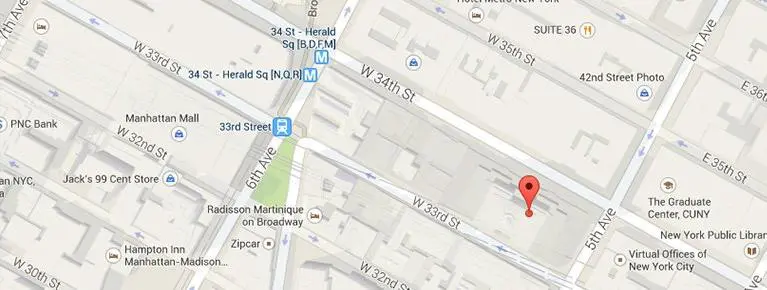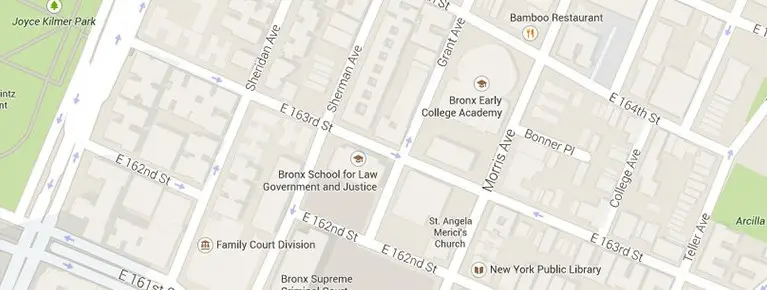Questions and Answers involving statutory citations
What are the Contingent Fees in a New York Medical Malpractice Case?
New York’s Judiciary Law Section 474-A provides that in a medical malpractice case the attorney’s fee is 30% of the first $250,000 of the “net sum” recovered. For the next $250,000 recovered, the fee is 25%. For the next $500,000 recovered the fee is 20%. For the next $250,000 recovered the fee is 15%. After that for any amount recovered over $1,250,000 the fee is 10%. The “net sum” recovered is the gross amount of the judgment or settlement, minus the amount of money the attorney has laid out for the expenses of the case. The expenses usually include fees for expert witnesses, court filings, transcripts, subpoenas, medical records and other similar expenses. As an example, if there is a gross settlement of $1million and expenses of $50,000, the fee would be calculated as follows: $1 million minus $50,000 equals $950,000 (the net sum recovered).
| 30% of the first 250,000 | = 75,000 |
| 25% of the next 250,000 | = 62,500 |
| 20% of remaining $450,000 | = 90,000 |
| Total fee | = 227,500 |
|---|---|
| Net to client | = $772,500 |
Is an Expert Required in Order to File a Complain in a New York Medical Malpractice Case?
Yes. Pursuant to New York Civil Practice Law and Rules section 3012-A, a certificate of merit must accompany the complaint which states that the attorney for the plaintiff has consulted with an expert physician and that on the basis of that expert review, there is a reasonable ground for the commencement of a medical malpractice case. If there is insufficient time to obtain this medical review before the statute of limitations expires, then the attorney can state that in the certificate and later file a supplemental certificate when the expert review has been obtained.
What is a Notice of Medical Malpractice in New York?
Pursuant to section 3406 of the NY Civil Practice Law and Rules, the notice of medical malpractice action is a mandatory form that must be filled by the plaintiff with the clerk of the Court within 60 days of the service of answers by all defendants
What is the statute of limitations for a medical malpractice case in New York?
Answer: Pursuant to section 214-a of the NY Civil Practice Law and Rules, the basic medical malpractice statute of limitations is 2 and ½ years from the date of the malpractice or the last date of continuous treatment by the physician or hospital sought to be held responsible for the same injury or condition that gave rise to the malpractice. This statute of limitation applies to private physicians, hospitals, nurses and other health care providers.
What is the statute of limitations for medical malpractice by New York City Health and Hospitals Corporation? (NYCHHC)
Answer: There are special rules applicable to malpractice by public hospitals run by the New York City Health and Hospitals Corporation, such as Bellevue, Jacoby, Elmhurst, Metropolitan, Lincoln and others. Pursuant to Section 7401 of the NY Unconsolidated Laws, a medical malpractice lawsuit against the NYCHHC must be commenced within one year and ninety days. There is also the requirement that a notice of claim be filed with NYCHHC within ninety days in conformity with NY General Municipal Law 50-e.
What is the statute of limitations for a malpractice in failing to diagnose cancer?
Answer: Section 214-a of the NY Civil Practice Law and Rules provides that the statute of limitations for cancer misdiagnosis is 2 and ½ years from the date that the cancer was diagnosed, or that the patient should have known of the diagnosis of cancer. This is a special provision applicable only to cancer that measures the 2 and ½ years from the date of discovery of the cancer, rather than the date of misdiagnosis. This provision was added by the legislature to remedy the situation where a misdiagnosis is made and the patient is unaware of the cancer for a prolonged period of time until it is discovered.
What is the statute of limitations for medical malpractice that causes the wrongful death of the patient?
Answer: When medical malpractice causes the death of the patient, there is a claim for the patient’s injuries, pain and suffering up to the time of death, that is governed by Section 214-a of the NY Civil Practice Law and Rules, which provides for a 2 and ½ year statute of limitations measured from the date of the malpractice, the last date of continuous treatment, or in the case of cancer misdiagnosis, from the date of discovery of the cancer. There is also a separate claim for the wrongful death of the patient. Pursuant to Section 5-4.1 of the NY Estates, Powers and Trusts Law, the claim for wrongful death must be brought within 2 years from the date of death by the legal representative of the patient’s estate, e.g, an executor or administrator.







